Tactics
Video Surveillance
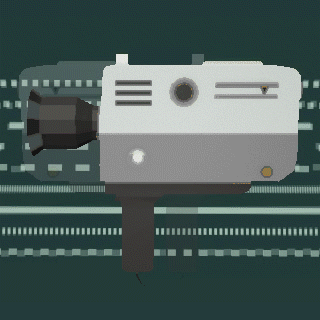
License Plate Readers
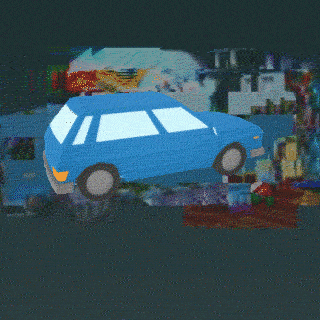
Biometric Databases
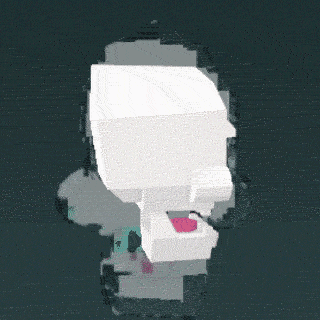
Cell Site Simulators
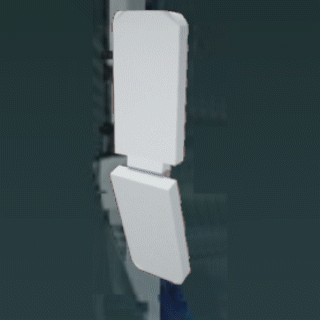
Gun Shot Detectors
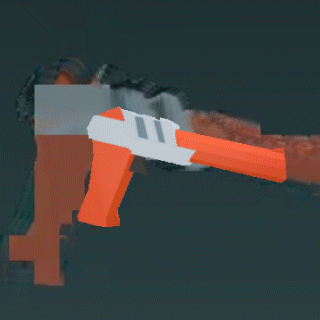
Social Media Monitoring
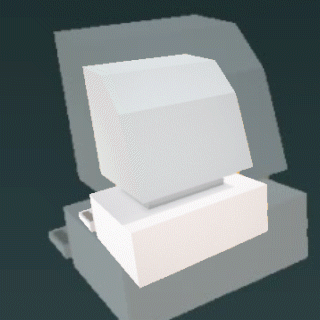
Predictive Policing

Chicago residents have legitimate questions surrounding the use of these technologies: Are appropriate policies and procedures in place to ensure these systems are responsibly used? To what degree are these systems necessary or even useful? Do the benefits of these systems justify the tens of millions of taxpayer dollars being spent on them? Do members of the public want this level of surveillance to be used?
In the past, police surveillance of public spaces was constrained by resources such as availability of police officers. However, surveillance technology is producing a significant expansion of police capabilities. Police were historically unable to follow every resident with a police car, but with new surveillance technologies they may be able to effectively accomplish the same goal albeit in a less disruptive manner.
Members of the public need to recognize the far-reaching implications of giving over this level of power to law enforcement. The transition from police officers having a restricted ability to follow and monitor suspicious people to having pervasive surveillance capabilities is occurring in our city today. We must have public knowledge of surveillance capabilities, policies and procedures in order to have the critical debate about this infrastructure as well as to campaign for transparency and accountability.
Follow Lucy Parsons Labs on Twitter for more.
